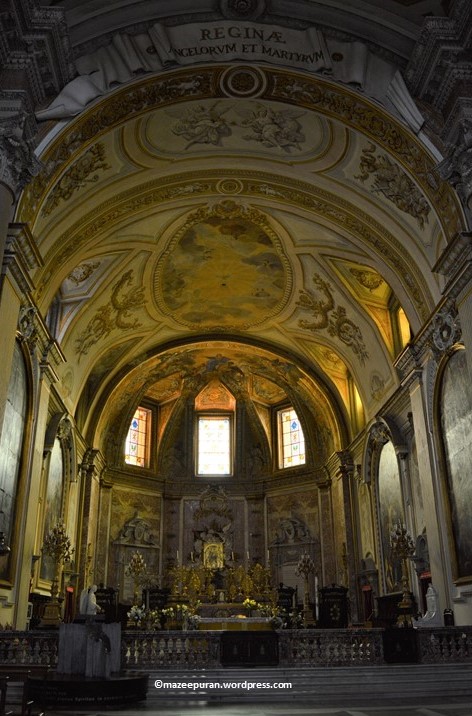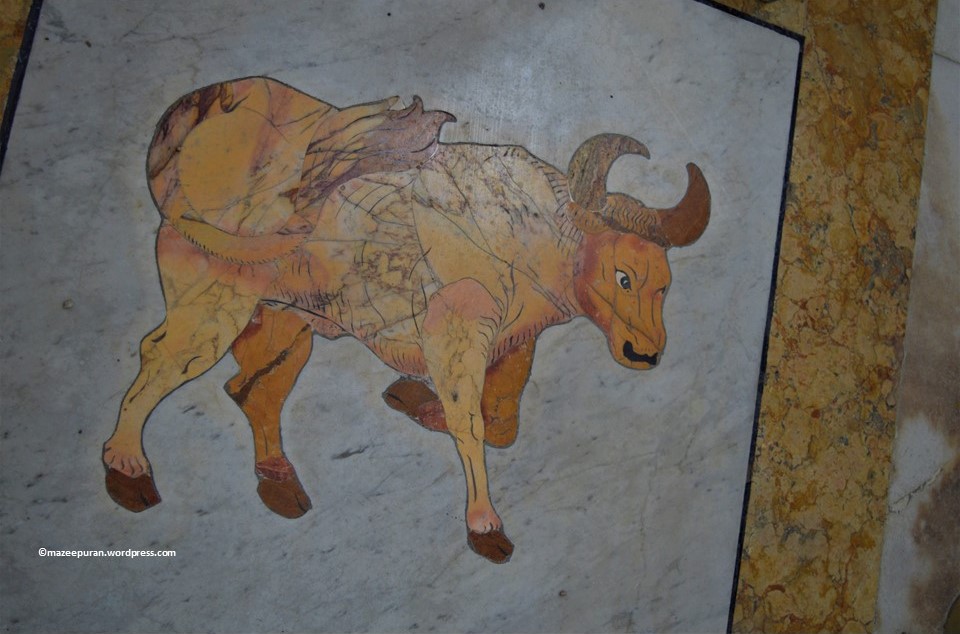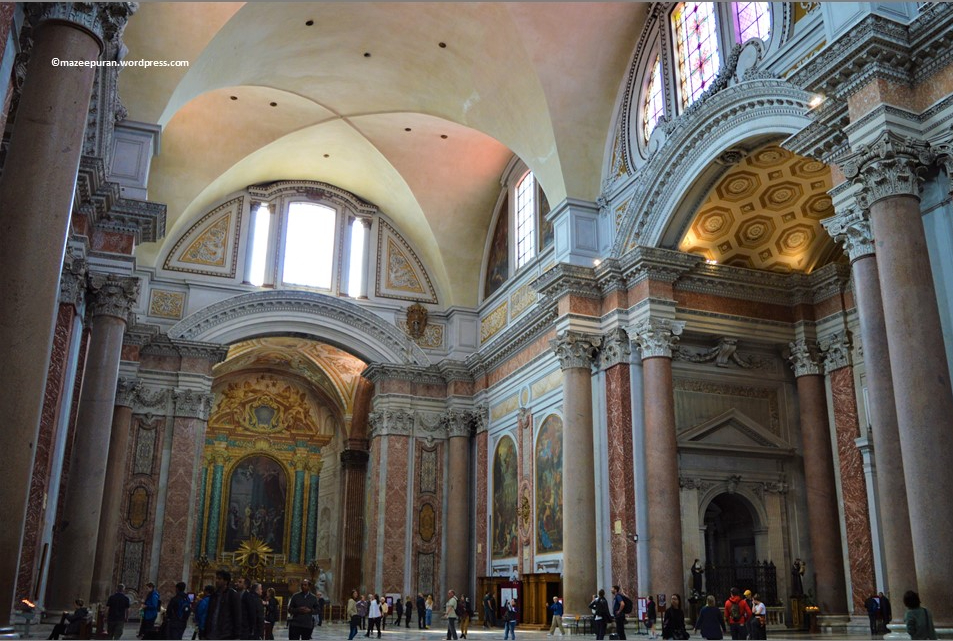






Six Word Saturday


Photograph succeed when they open a space for our imagination ~ Val Williams

*****


Everyone wants to live on top of the mountain, but all the happiness and growth occurs while you are climbing it.~Andy Rooney

Let thy step be slow and steady, that thou stumble not ~Tokugawa Ieyasu




Year 2015
Year 2016
In 2016 I had my first photography tour to Keukenhof gardens in the Netherlands. Yes Keukenhof is like a World of colours.
Year 2017
How the rain showers come in the month of April, bringing nourishment to the flowers so they can bloom in the spring.
~ David C. Reyes

Year 2018
The coming of April heralds the time to plant seeds of magic and fill the heart and home with the joy of light and life
~ Lotuswulf Satyrhorn
Year 2019

You will feel the intoxication if you live life very consciously in this beautiful, merry month of April
~Summer Bacon
Year 2020
Year 2021
It was a fun exercise looking into archives to get the idea of April in yesteryears. Snow in April is not exceptional.

The Basilica of St. Mary of the Angels and the Martyrs was constructed in the 16th century following an original design by Michelangelo Buonarroti.

At the beginning of the 18th century, Pope Clement XI commissioned the astronomer, mathematician, archaeologist, historian and philosopher Francesco Bianchini to build a meridian line, a sort of sundial, within the basilica.
There is hole in the church’s wall from which the sun can shine through and onto the meridian line.

Tthe object had a threefold purpose: the pope wanted to check the accuracy of the Gregorian reformation of the calendar, to produce a tool to predict Easter exactly, and, not least, to give Rome a meridian line as important as the one Giovanni Domenico Cassini had recently built in Bologna’s cathedral, San Petronio. Alan Cook remarked, “The disposition, the stability and the precision are much better than those of the famous meridian… in Bologna”.
Bianchini’s sundial was built along the meridian that crosses Rome, at longitude 12° 30′ E. At solar noon, which varies according to the equation of time from around 10:54 a.m. UTC in late October to 11.24 a.m. UTC in February (11:54 to 12:24 CET), the sun shines through a small hole in the wall to cast its light on this line each day. At the summer solstice, the sun appears highest, and its ray hits the meridian line at the point closest to the wall. At the winter solstice, the ray crosses the line at the point furthest from the wall. At either equinox, the sun touches the line between these two extremes. The longer the meridian line, the more accurately the observer can calculate the length of the year. The meridian line built here is 45 meters long and is composed of bronze, enclosed in yellow-white marble.

In addition to using the line to measure the sun’s meridian crossing, Bianchini also used the window behind the pope’s coat of arms and a movable telescope to observe the passage of several stars such as Arcturus and Sirius to determine their right ascensions and declinations. The meridian line was restored in 2002 for the tricentenary of its construction, and it is still operational today.



References:
https://en.wikipedia.org/wiki/Santa_Maria_degli_Angeli_e_dei_Martiri
http://www.jgiesen.de/meridian/rome/
https://ar-tour.com/guides/rome-day-1/santa-maria-degli-angeli-e-dei-martiri.aspx
You must be logged in to post a comment.